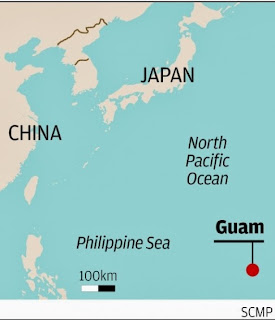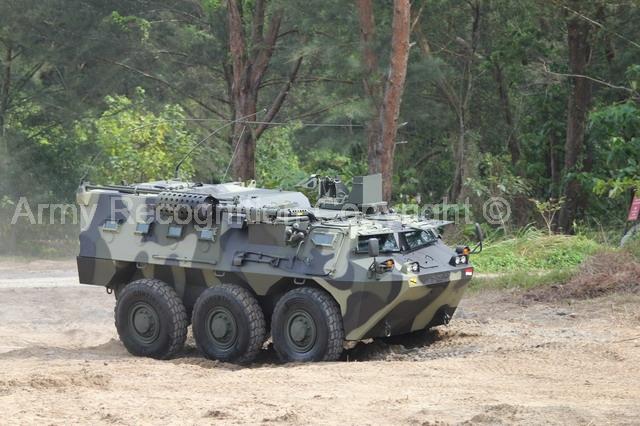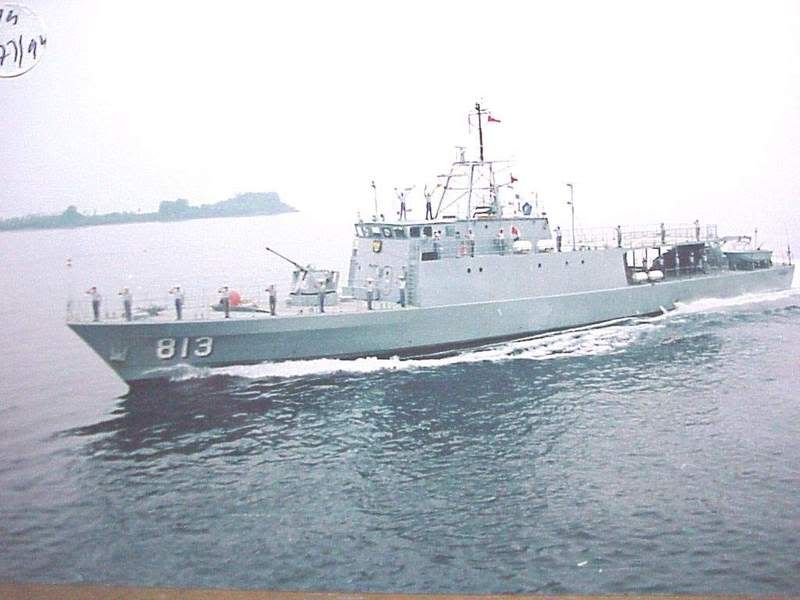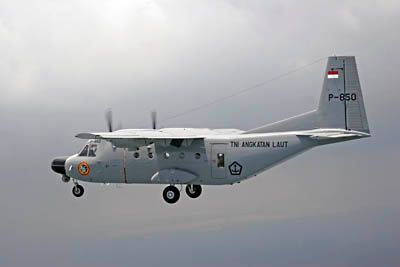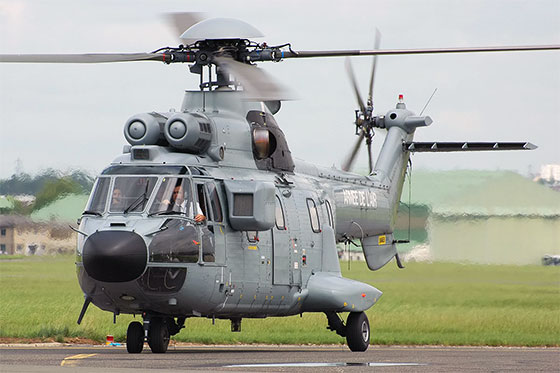Source: The diplomat ; blog By Zachary Keck November 22, 2013
China conducted the maiden test flight for its first stealth combat drone, state media reported on Friday.
The reports said that the Lijian or Sharp Sword took off from an undisclosed location in southwest China on Thursday at 1 PM and flew for about 20 minutes. Images of a Sharp Sword prototype first appeared online back in May. At the time, state media referred to it as “China’s UFO-like stealth drone.”
China Daily compared the Sharp Sword to the United States’ Northrop Grumman X-47 series and the European nEUROn stealth drones. In this sense, the Sharp Sword may be intended to act as China’s first carrier-borne unmanned combat aerial vehicle (UCAV).
Indeed, China Daily quoted a Chinese military analyst as saying of the Sharp Sword:
“The drone can be used for reconnaissance and an air-to-ground strike, but more importantly, it has a huge potential for aircraft carriers. I think the size and technological capability of the Sharp Sword make it a suitable choice for the navy if it is to select an unmanned combat platform for its aircraft carrier.”
Despite China’s claim that the Sharp Sword is its equivalent of the X-47, Defense Update reported back in May that China’s UCAV has a wingspan of “46 feet (14 meters), smaller than the 62-foot wingspan of the U.S. Navy’s X-47B demonstrator.” It also noted that the “the Lijian’s ordnance payload might not exceed the 2,000-kg (4,400-pound) capacity of the Northrop Grumman X-47B.”
However, that estimation was based on the assumption that the Lijian was powered by the domestically made Shenyang WP7 engine. But the China Daily report on Friday said that the Sharp Sword that was flight tested on Thursday was equipped with the Russian made RD-93 turbofan engine. The RD-93 is traditionally a fighter jet engine (as is the WP7) and is used in China and Pakistan’s joint fighter jet project. This suggests that the Sharp Sword is intended to have an extended flight range.
The inclusion of the Russian made engine would make sense given China’s continued struggles in designing and manufacturing reliable aerospace engines. Still, the use of an RD-93 engine didn’t stop Chinese state media from bragging: “Lijian’s successful test flight has made China become the fourth country, after the United States (X-47B), France (Dassault nEUROn) and Britain (Taranis), to have independently developed a UCAV.” Israel also maintains combat drones and Iran claims to have domestically manufactured combat drones.
The Sharp Sword was jointly developed by the Hongdu Aviation Industry Group and Shenyang Aviation Corporation, both of which share the same mother company. It was supposedly three years in the making.
The first flight was somewhat unexpected. In late August of this year, the People’s Daily Online ran an article speculating that the Sharp Sword’s first flight was still a year’s away. That report also stated that the UCAV would be refitted for use on an aircraft carrier.
In recent years China has been developing its drone industry at a robust pace. It also introduced a drone into its conflict with Japan over the Diaoyu/Senkaku Islands. Japan has declared that it will shoot down foreign drones that enter its airspace, something China has said would constitute an act of war.
UAV Trung Quốc phóng từ tàu sân bay?
Vừa qua Trung Quốc vừa có những thử nghiệm mới trên loại máy bay chiến đấu tàng hình không người lái (stealth combat UAV hay stealth combat drone) - có tên gọi là Lijian.
Những năm gần đây, Trung Quốc đầu tư mạnh vào phát triển máy bay không người lái. Vì thế đã đạt được những bước phát triển đột phá.
Trung Quốc sẽ có thể sớm đưa Lijian gia nhập phi đội thuộc hàng không mẫu hạm Liaoning.
Một vài thực tế về Lijian:
- máy bay có thể sử dụng làm mục đích do thám hoặc đánh phá các mục tiêu dưới đất
- có thể sẽ được biên chế trên hàng không mẫu hạm
- sử dụng động cơ nội địa Shenyang WP7
Việc Trung Quốc sử dụng drone trên vùng đảo tranh chấp với Nhật Bản (Diaoyu/Senkaku Islands) rấy lên mối lo ngại từ Nhật. Nhật Bản tuyên bố sẽ bắn hạ UAV nước ngoài nếu tiếp tục do thám trên vùng đảo này.






